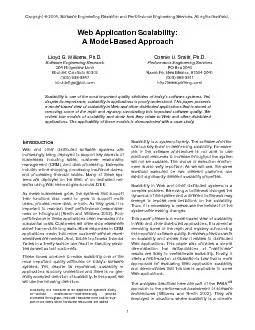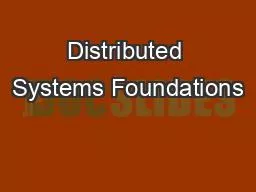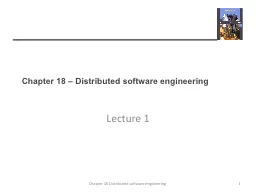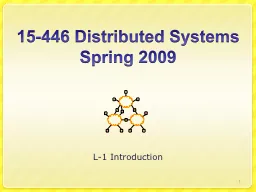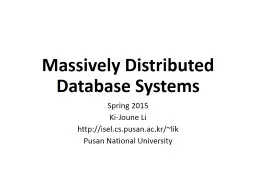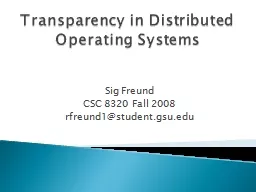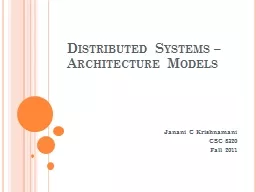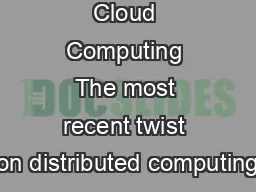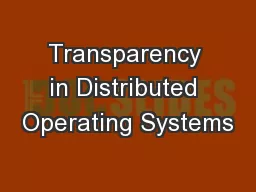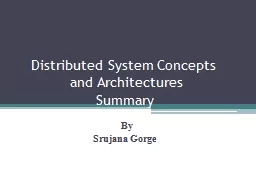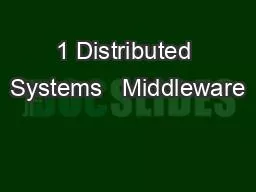PDF-NTRODUCTIONWeb and other distributed software systems areincreasingly
Author : pasty-toler | Published Date : 2015-10-16
and where the required measurements can beobtainedWe begin with a motivating example followed by areview of scalability measures and models A simplecase study then
Presentation Embed Code
Download Presentation
Download Presentation The PPT/PDF document "NTRODUCTIONWeb and other distributed sof..." is the property of its rightful owner. Permission is granted to download and print the materials on this website for personal, non-commercial use only, and to display it on your personal computer provided you do not modify the materials and that you retain all copyright notices contained in the materials. By downloading content from our website, you accept the terms of this agreement.
NTRODUCTIONWeb and other distributed software systems areincreasingly: Transcript
Download Rules Of Document
"NTRODUCTIONWeb and other distributed software systems areincreasingly"The content belongs to its owner. You may download and print it for personal use, without modification, and keep all copyright notices. By downloading, you agree to these terms.
Related Documents

